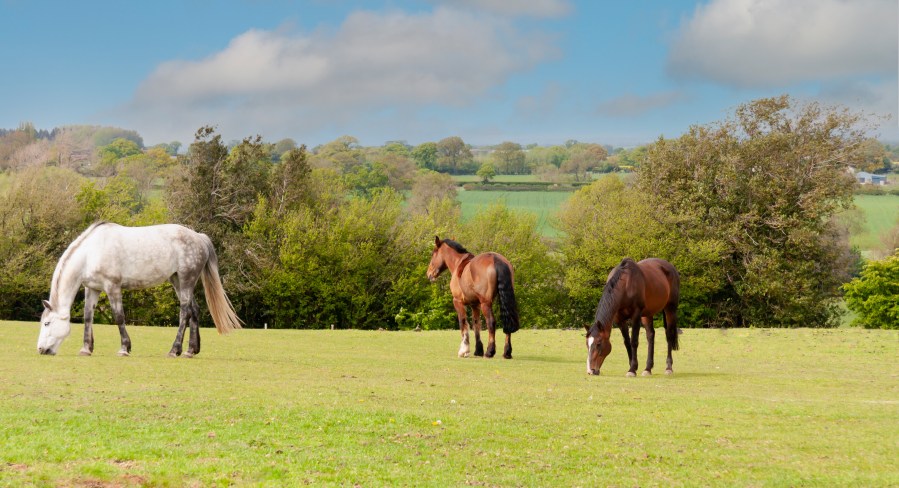The British Equine Veterinary Association (BEVA) has published new resources to guide vets on the use of anthelmintics in equine practice.
As part of its battle against the over-use of dewormers, BEVA and its journals have produced a review of all the relevant literature, practical guidance on equine parasite control, a review of the environmental impact of dewormers, and a toolkit to help veterinary practices develop policies for the responsible use of dewormers.
With resistance to dewormers on the rise, and no new products on the horizon, the industry is facing a crisis where there may be a resurgence of parasite-related clinical disease alongside diminishing treatment options. Inadvertent over-use of dewormers has facilitated the spread of resistance, but the practice persists due to both naivety and apathy amongst horse-owners, suitably qualified persons and practitioners.
By stating the facts, offering concise guidelines and stressing the importance of changing behaviours, BEVA hopes to retain what dewormer efficacy remains, and thereby avoid unnecessary disease and loss of life.
“The overuse of anthelmintics has undoubtedly contributed to the alarming level of anthelmintic resistance against all classes of anthelmintic,” said David Rendle, who has written a supporting editorial in the Equine Veterinary Journal. “As a profession, we must move away from routine anthelmintic treatments and fully embrace risk-based diagnostic-led treatment. We must accept that horses remain healthy with a tolerable number of internal parasites and, as such, healthy horses will have eggs in their faeces.”
With the new resources, BEVA wants anthelmintic resistance to be afforded the same importance as antimicrobial resistance, and it is urging the Veterinary Medicines Directorate (VMD) to make dewormers more difficult for horse owners to use irresponsibly.
The Primary Care Guidelines on equine parasite control, have been published in the latest issue of the Equine Veterinary Journal (EVJ), alongside a summary of the practical guidance.
In parallel, EVJ’s sister journal Equine Veterinary Education (EVE) published ‘Environmental impacts of equine parasiticide treatment: The UK perspective’, a review of the ecological impact of anthelmintics, produced by BEVA’s Sustainability Working Group.
BEVA’s Anthelmintic Working Group has launched ‘ProtectMEtoo’, a practical toolkit which can be used to create practice policies on anthelmintic control. It provides guidance on real world risk assessments, clarity on the role of testing, plus advice on whether or not to deworm and which wormer to select. It also provides best practice guidance specifically for foals, youngstock, donkeys and hybrids as well as for adult horses.
“Diagnostic-led programmes of parasite control are only implemented by a minority of horse owners,” added Mr Rendle. “The social science indicates that in addition to education, there will have to be restrictions on access to anthelmintics if there is to be a meaningful reduction in their use.”
Lead image by Shutterstock









